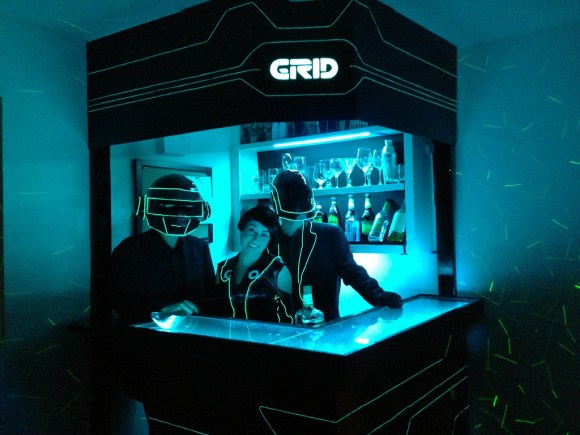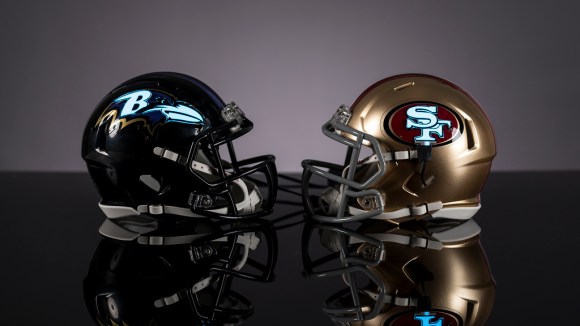Our favorite Russian mad scientists, [Kreosan], have shocked us yet again with another terribly ill-advised, super bad idea. Home made EL wire that runs off of mains voltage.
From the picture it looks a lot like EL wire, doesn’t it? Well, it’s actually just a nickel chromium wire hooked up to the main AC supply in their…. uh, testing house? Doesn’t look like they live there, so we have to wonder why it still has power. Anyway, yeah, they made a restive load using the wire, and connected it directly to the panel. So besides the fire hazard, you could also get electrocuted!
For house decorations it’s a great way to warm the place up, and it might even help start a fire if you’re lucky!
Continue reading “DIY Electroluminescent Wire, Russian Style”

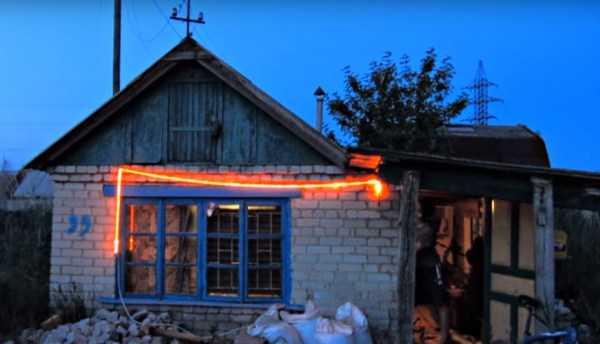
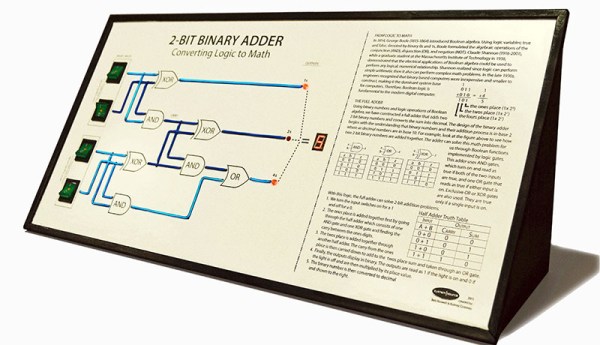
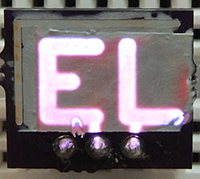 Elecrolumiscent displays have seen a huge swing in popularity recently, but only in limited forms like EL wire or flat EL panels. You can, of course, cut and bend these wires and panels to suit any purpose, but custom shaped EL displays are just the bee’s knees. They’re not hard to fabricate, either: with cheap custom PCBs,
Elecrolumiscent displays have seen a huge swing in popularity recently, but only in limited forms like EL wire or flat EL panels. You can, of course, cut and bend these wires and panels to suit any purpose, but custom shaped EL displays are just the bee’s knees. They’re not hard to fabricate, either: with cheap custom PCBs, 
